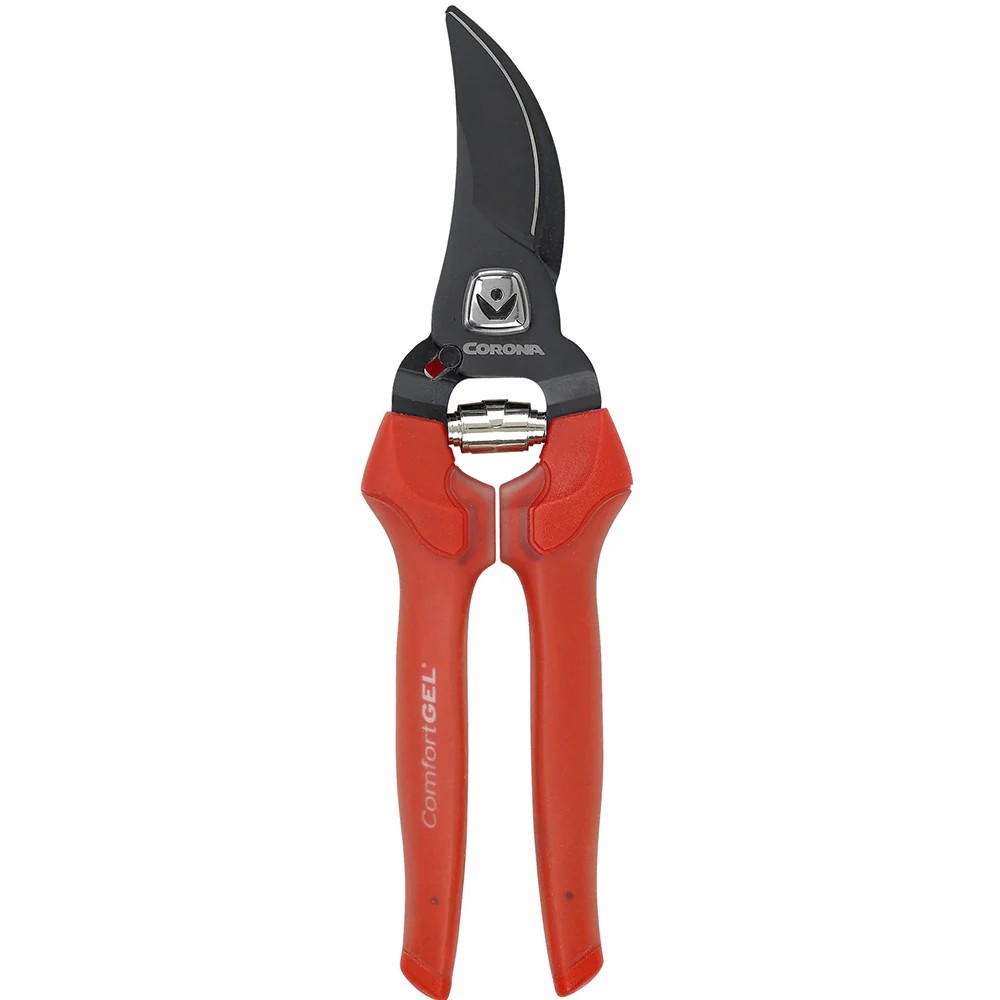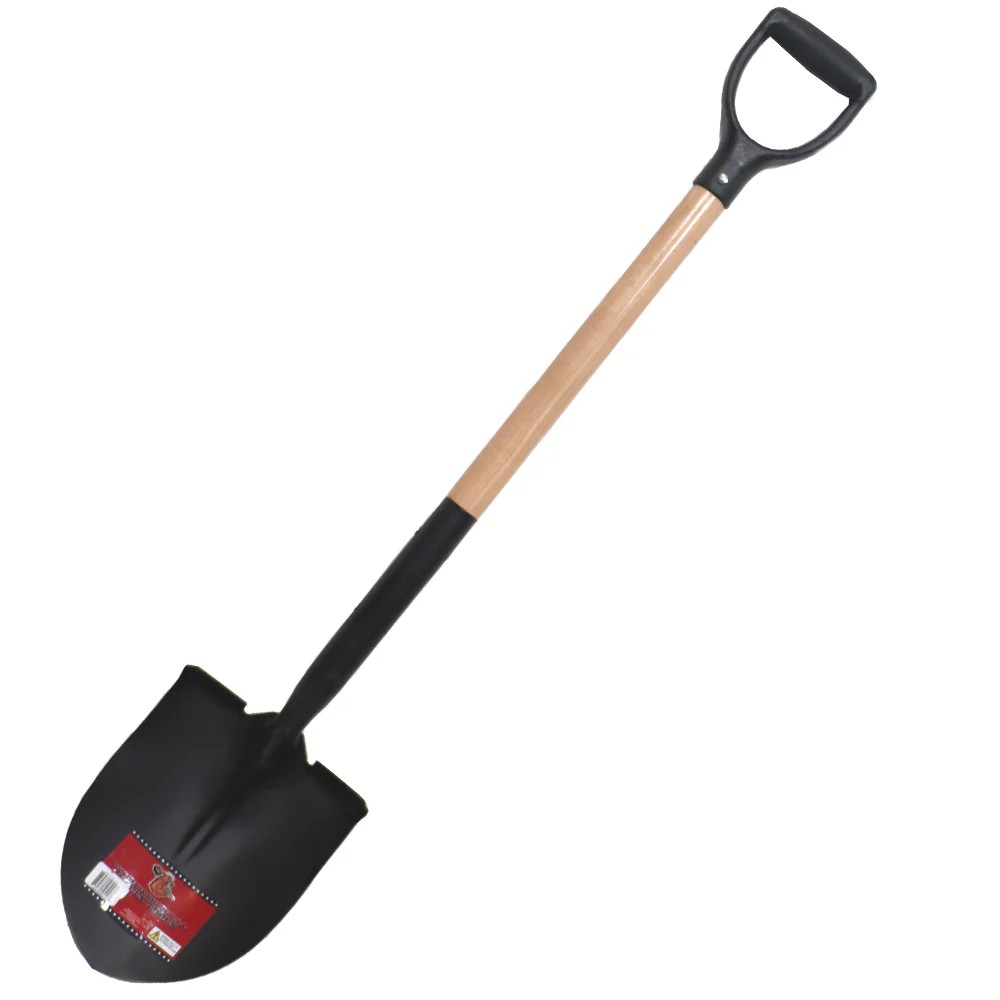5 of the best North American native trees – for resilient and beautiful plants to grow in pots and borders
These North American native trees will add color and impact to any yard
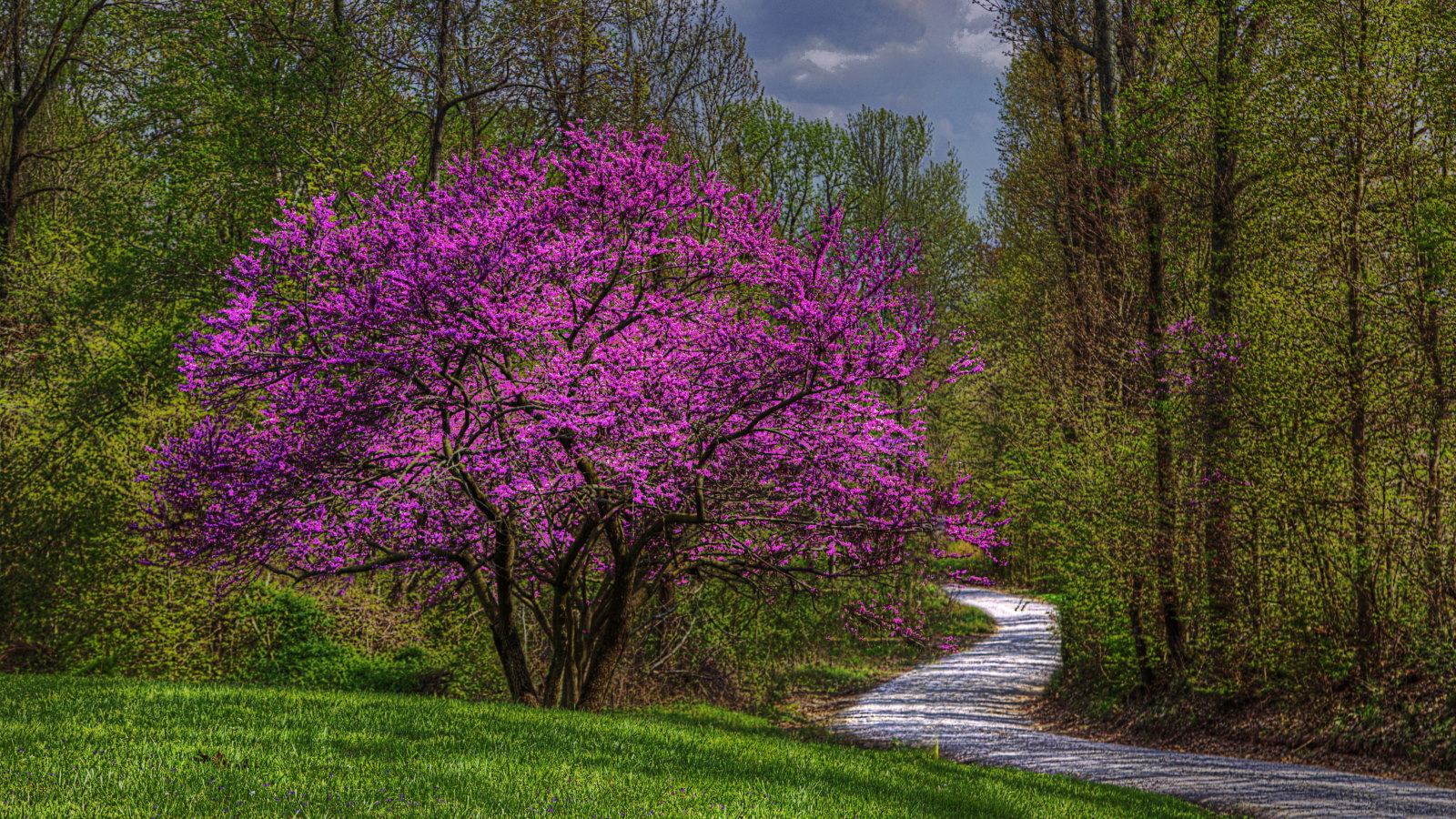

Native trees are species that have evolved in certain regions and so are suited to particular US hardiness zones, climates, soils and ecosystems. This makes them tough, resilient plants that seem to grow just fine with minimal fuss.
Over the years, I’ve planted various trees when working in different public and private gardens, and while there is so much variety, choosing one or two native options for your yard is always a good idea. They are more adaptable, and usually low maintenance, and who wouldn't want an easy-going plant as opposed to a high-maintenance one?
So, if you are considering adding a tree to your yard, I highly recommend looking into native planting. The following five North American native trees are not only beautiful, but are also beneficial in countless ways, usually supporting a whole host of wildlife. Here, one garden expert from Fast Growing Trees provides expert tips to ensure growing success.
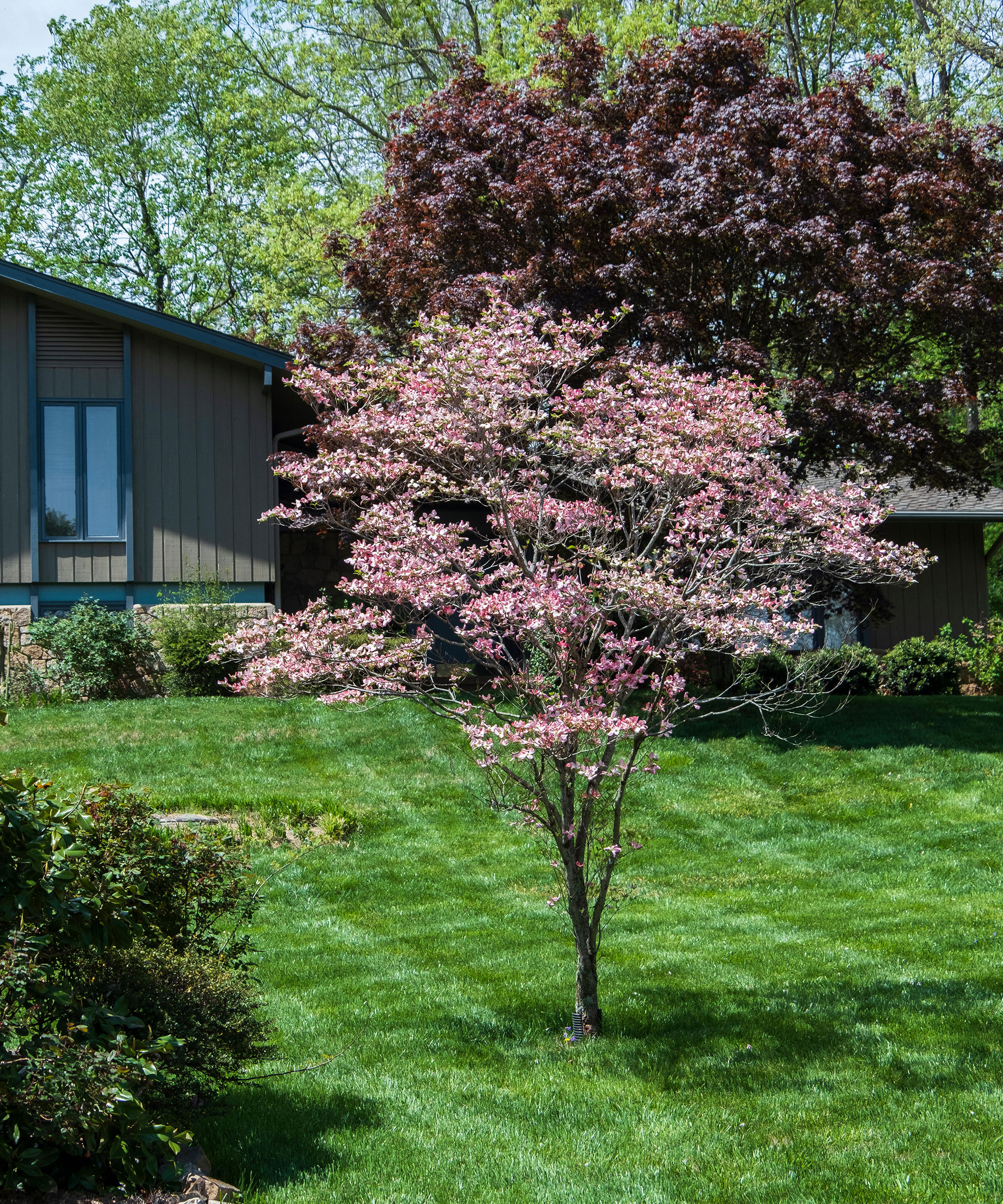
5 of the best North American native trees
The following five North American native trees will prove resilient, hardy and thrive when planted in ecosystems similar to where they have evolved. Indeed, planting a tree that is suited to cooler US hardiness zones in northern regions is a surefire way to guarantee success, whereas trying to grow tender non-native trees in chilly areas will prove challenging.
Here are five of the best fast-growing trees from across North America to plant in your yard this year.
1. Eastern redbuds
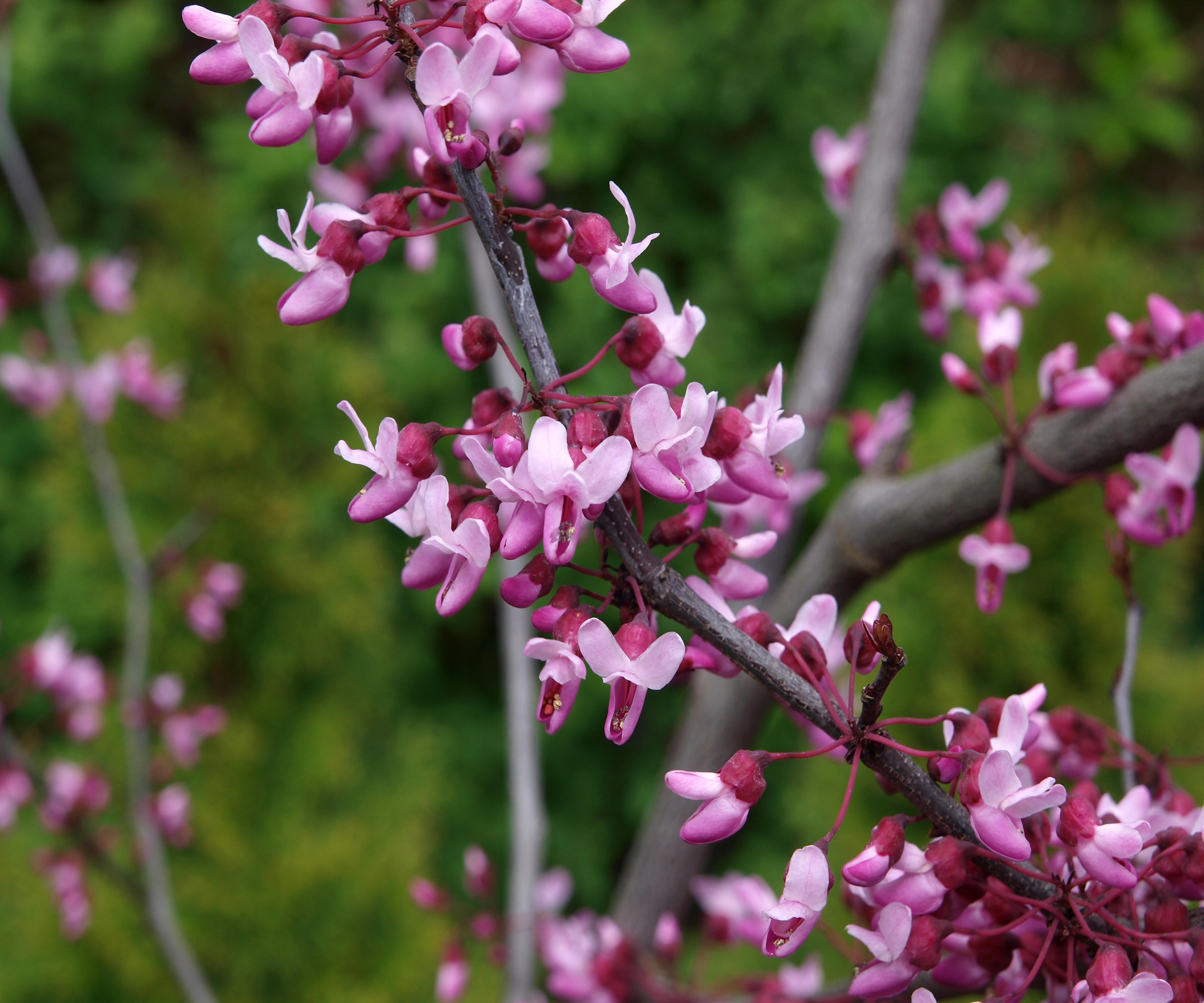
'One of the first signs of spring happens with the blooming of redbuds,' says Tamara Hogan, plant expert and lead horticulturist at Fast Growing Trees.
'They flower out before they leaf out with bright magenta flowers, as you can see in the image here.
Design expertise in your inbox – from inspiring decorating ideas and beautiful celebrity homes to practical gardening advice and shopping round-ups.
'In terms of how to grow eastern redbuds, or Cercis canadensis, this plant can be grown down to zone 4, and can handle being in more shady places in your yard. But if you do give it full sun, it can take it.
'Redbuds tend to have a wider canopy that allows for a wonderful shade tree as well as show-stopping spring color,' Tamara says.
'This tree can take a range of soils, but in sandy or poor soil, you may need to keep up with consistent watering.'
Live eastern redbud trees are available to order from Fast Growing Trees.

Tamara Hogan graduated from Utah State University with a degree in Ornamental Horticulture and an emphasis in Greenhouse Management. She worked within various horticulture fields before joining Fast Growing Trees as their Horticultural Lead.
2. Dogwoods
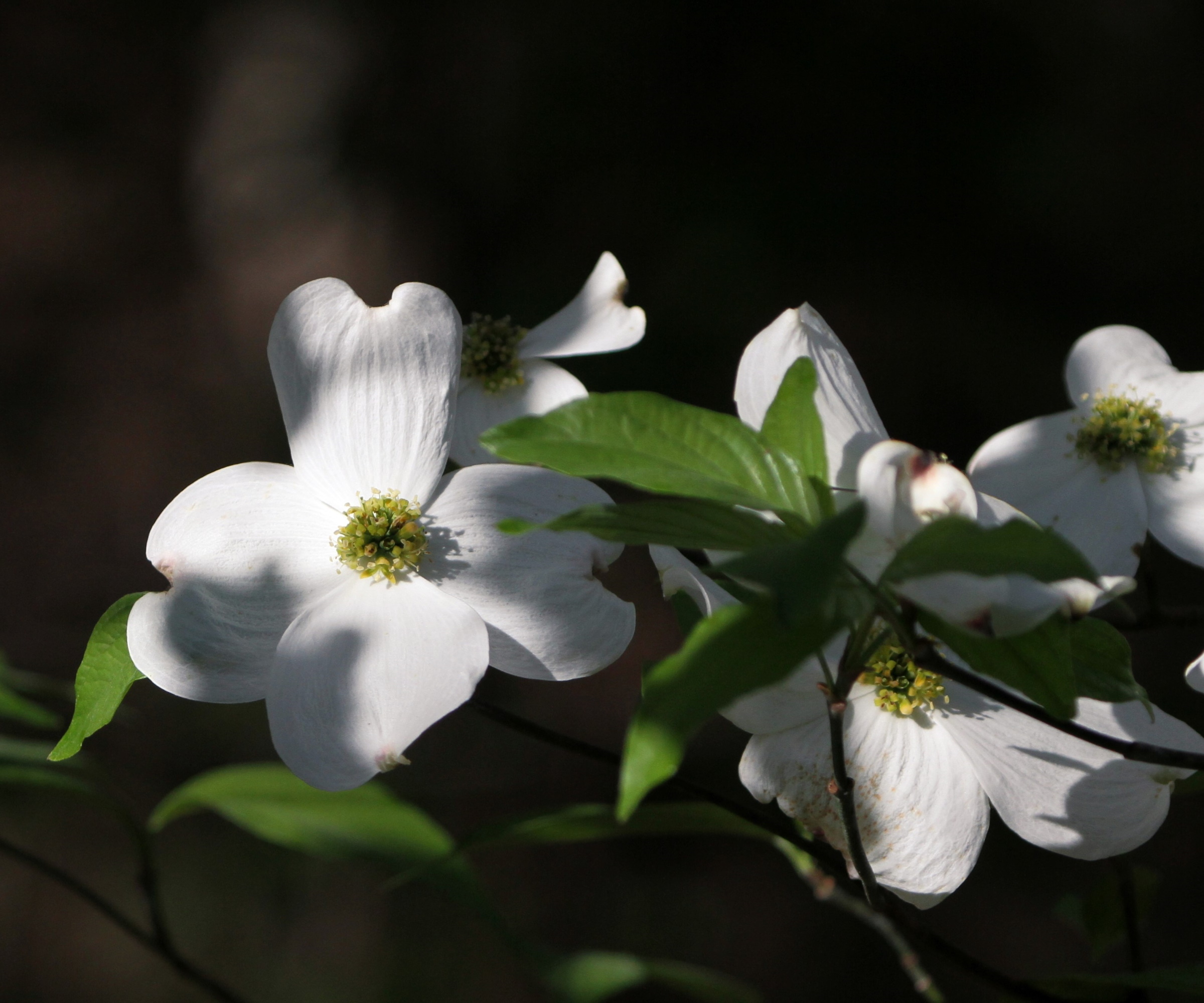
'I can highly recommend growing some of the best native dogwood trees,' Tamara says.
'The American dogwood, or Cornus florida, is one of my favorites, and can be grown from zone 5 to zone 8.
'This is a wonderful spring-flowering option. Dogwoods have larger oval-shaped leaves that like to be protected from harsh afternoon sun. This lets you put something that packs a punch of white in a space that some of the other full sun bloomers may not thrive in.
'In terms of dogwood care, these trees have a very fibrous root system, and can handle loam and clay soil,' Tamara says.
'If you have sandy soil, you may need to keep up with deep watering for a bit longer until the plant fully establishes.'
Live American dogwood trees are available from Fast Growing Trees.
3. Sugar maple
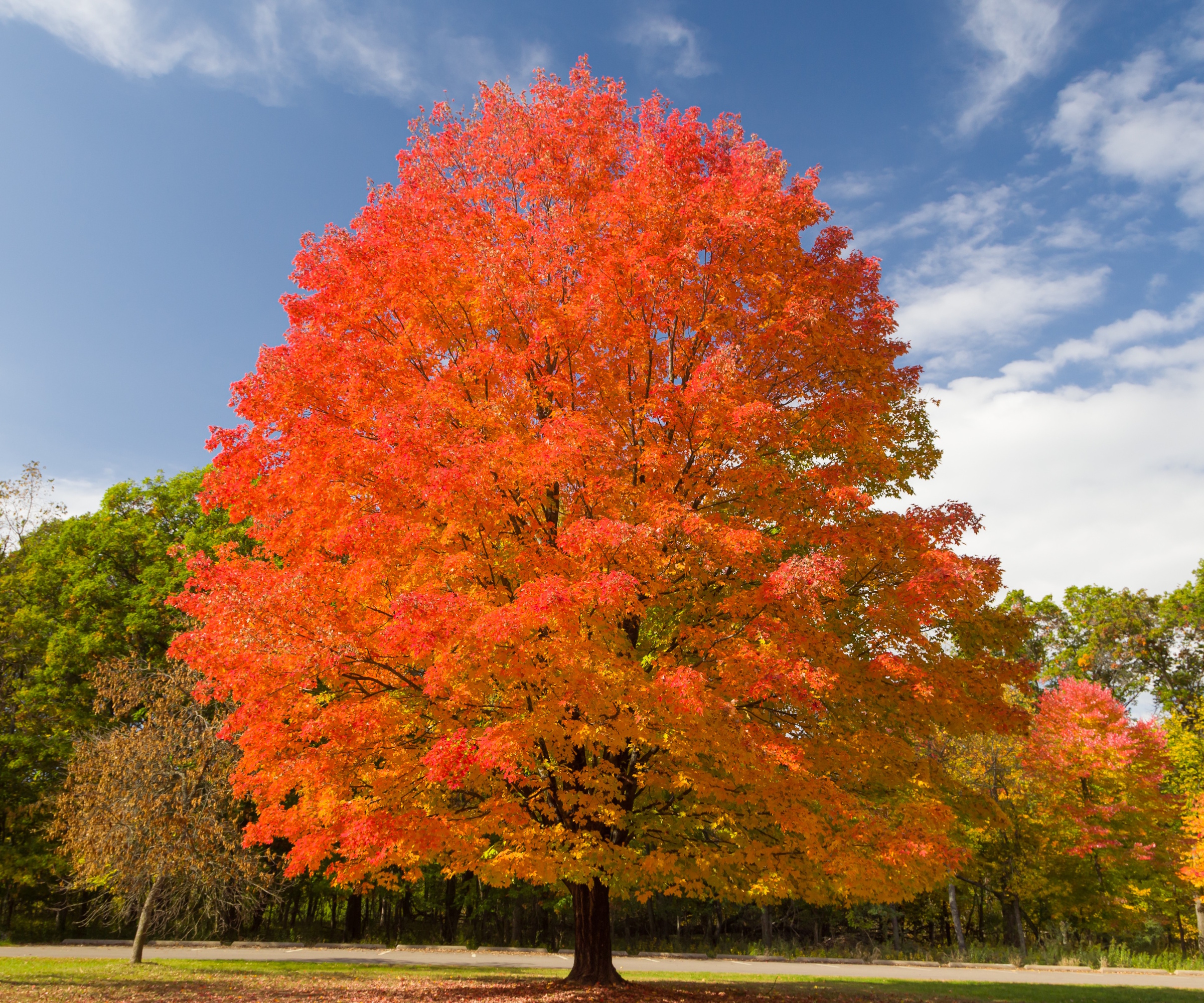
If you are seeking native alternatives to Japanese maples, then look no further than the native sugar maple, or Acer saccharum.
Live sugar maple trees are available from Fast Growing Trees.
As you can see from the image above, the fall colors of this species are second to none, with a brilliant display of orange, red and yellow leaves during October and November.
'Sugar maples are hardy down to zone 3, so are well suited to chilly regions,' Tamara says.
'They do best with a slightly more acidic soil, but they can take a range of soil types, so gardeners in different locations throughout the country can grow them.
'It has great green foliage throughout the season until it gets to its full pop during fall, but if you need any more convincing, this well-known maple is famed for its syrup production.'
4. White oak
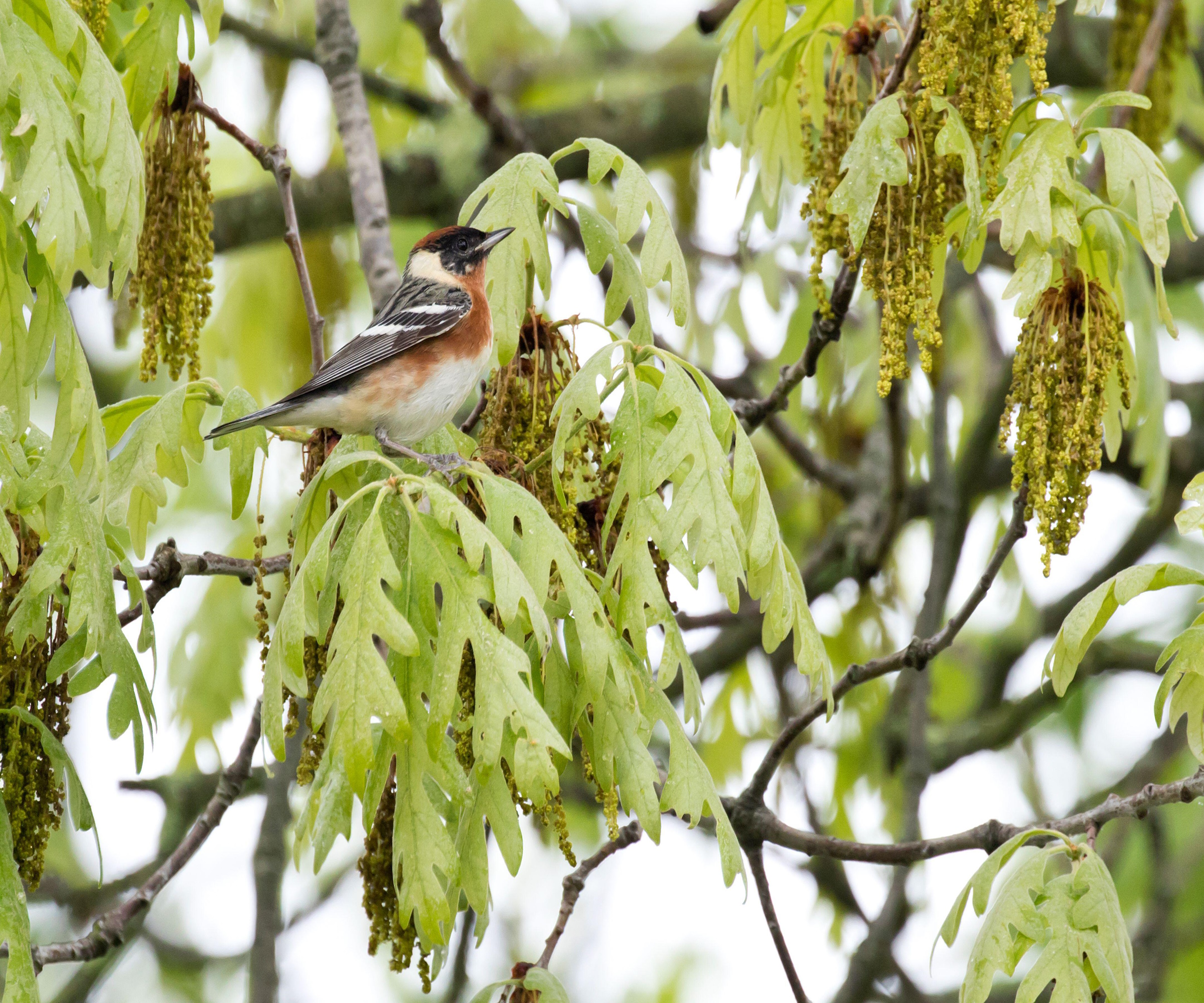
'Oaks are some of the best trees for shade,' Tamara says. 'They are known for their toughness, and a white oak is no different.'
Live white oak trees can be ordered online from Fast Growing Trees.
'White oaks, or Quercus alba, are cold-tolerant down to zone 3, and heat-tolerant up to zone 9.
'They also produce acorns, which can prove attractive to native wildlife, and who wouldn't want to welcome more bees and birds to their yard?
'Newer oaks need to be watered deeply but can establish well in a range of locations, from sun to part shade, and, once mature, are relatively low-maintenance trees for a backyard.'
5. Eastern red cedar

Eastern red cedars, or Juniperus virginiana, are some of the easiest evergreen trees to grow, providing year-round interest in backyards from zone 3 to zone 9.
Live eastern red cedar trees are available at Fast Growing Trees online.
'This is an evergreen that everyone should have in their yard,' Tamara says. 'And, if you cannot plant one, you should at least have an appreciation for it.
'It is one of the best statement trees and is a good option if you are looking for privacy.
'Red cedars get their name from having a burgundy coloration develop in winter, which gives some great interest when everything is dormant in the yard.
'It can take hot or cold, wet or dry,' Tamara says. 'I think it is a great selection for some areas of the country, like Florida or Texas, that can have a big range of soil types and moisture.'
FAQs
What native North American tree can I grow in a pot?
There are many North American native trees that you can grow in pots, but I would suggest the serviceberry tree, or Amelanchier spp., which has brilliant spring blooms and is a great tree for fall color.
The native Amelanchier arborea, is a good option, and found growing in the wild from the Gulf Coast north to Quebec, so it can handle a range of conditions. It will also grow well in pots. The 'Snowflakes' variety (Amelanchier laevis) is another compact option to try, too.
Serviceberry trees are available from Fast Growing Trees.
In general, native trees are very hardy and easy to grow. In the first year after planting, keep an eye on them in terms of watering during the summer, and frost and snow protection during the winter.
If you plant in spring, your trees should have time to develop roots before any challenging weather arrives, but I would always recommend keeping one eye on them in that first year or two.
For an unusual native species, try growing the pawpaw tree. Considered the largest edible fruit native to North America, pawpaw trees are a unique option to add to your plot.
Shop tree accessories

Thomas is a Content Editor within the Gardens Team at Homes and Gardens. He has worked as a professional gardener for both public spaces and private estates, specializing in productive gardening, growing food and flowers. Trained in Horticulture at the Garden Museum, he has written on gardening and garden history for various publications, including The English Garden, Gardens Illustrated, Hortus, The London Gardener and Bloom. He has co-authored a Lonely Planet travel book, The Tree Atlas, due out in 2024.
-
 Join the Spend-Savvy Gardeners Planting Bare-Root Fruit This Month – 7 Types to Plant in November
Join the Spend-Savvy Gardeners Planting Bare-Root Fruit This Month – 7 Types to Plant in NovemberPlant this month and get bountiful harvests for years to come
-
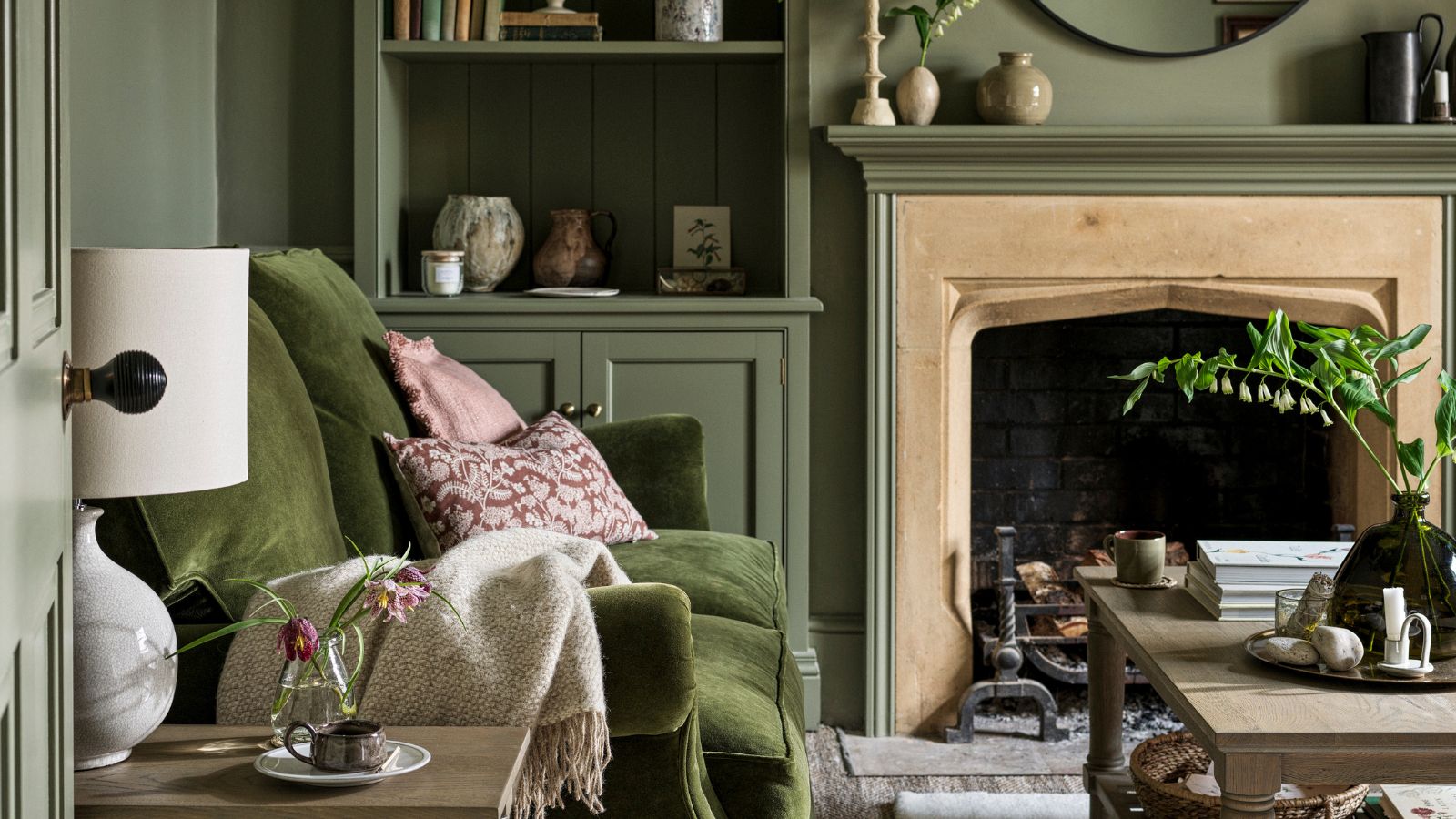 I Tried ‘Microshifting’ to Balance Chores and Rest in My Busiest November Ever – My To-Do List No Longer Keeps Me From Enjoying the Holidays
I Tried ‘Microshifting’ to Balance Chores and Rest in My Busiest November Ever – My To-Do List No Longer Keeps Me From Enjoying the HolidaysIt isn’t just helpful for work-life balance
-
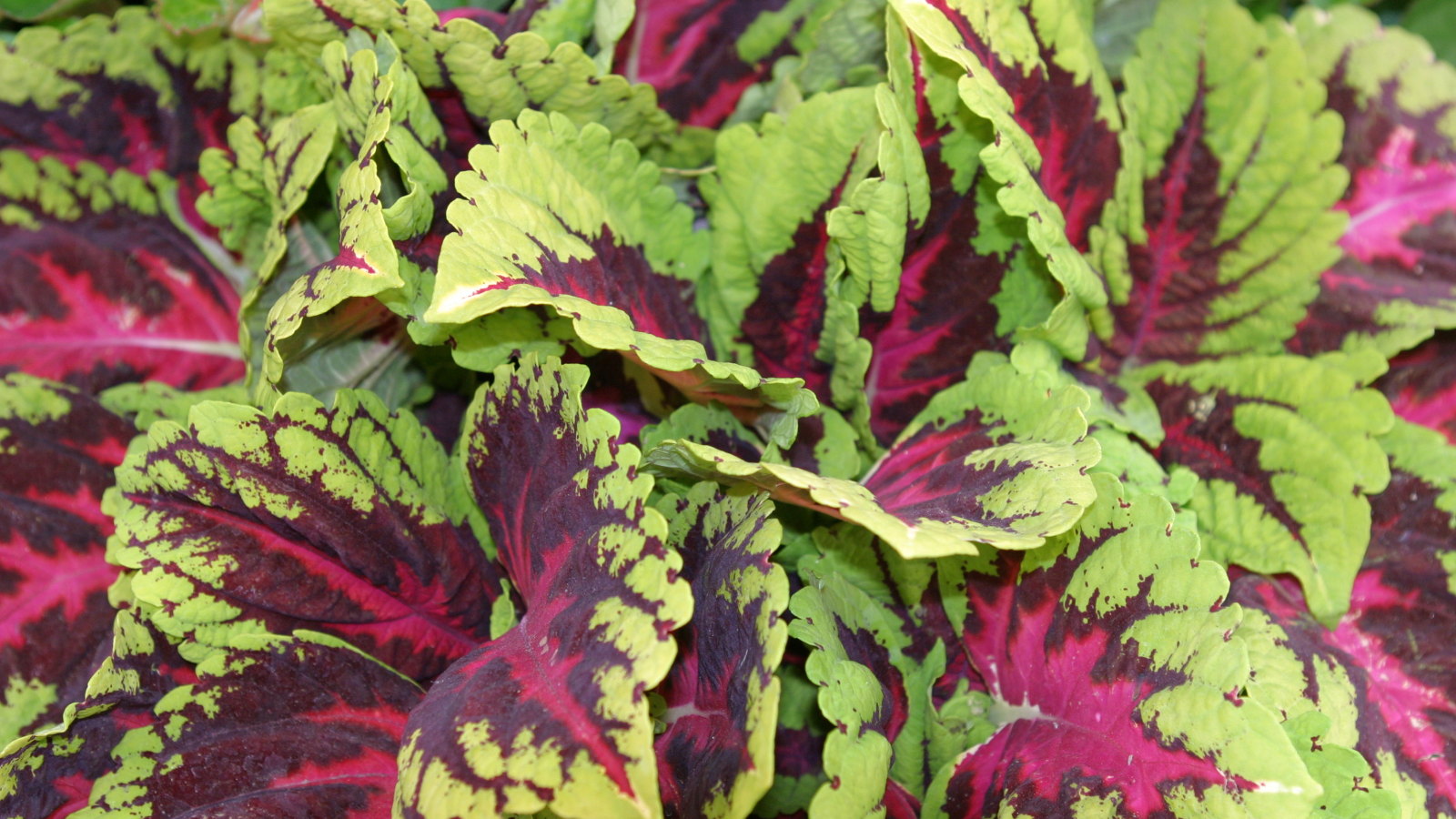 Don't Lose Fantastic Foliage Plants to Frost – Here are 2 Ways to Overwinter Coleus and Enjoy the Vibrant Leaves Next Year
Don't Lose Fantastic Foliage Plants to Frost – Here are 2 Ways to Overwinter Coleus and Enjoy the Vibrant Leaves Next YearGardening experts reveal how simple overwintering coleus can be
-
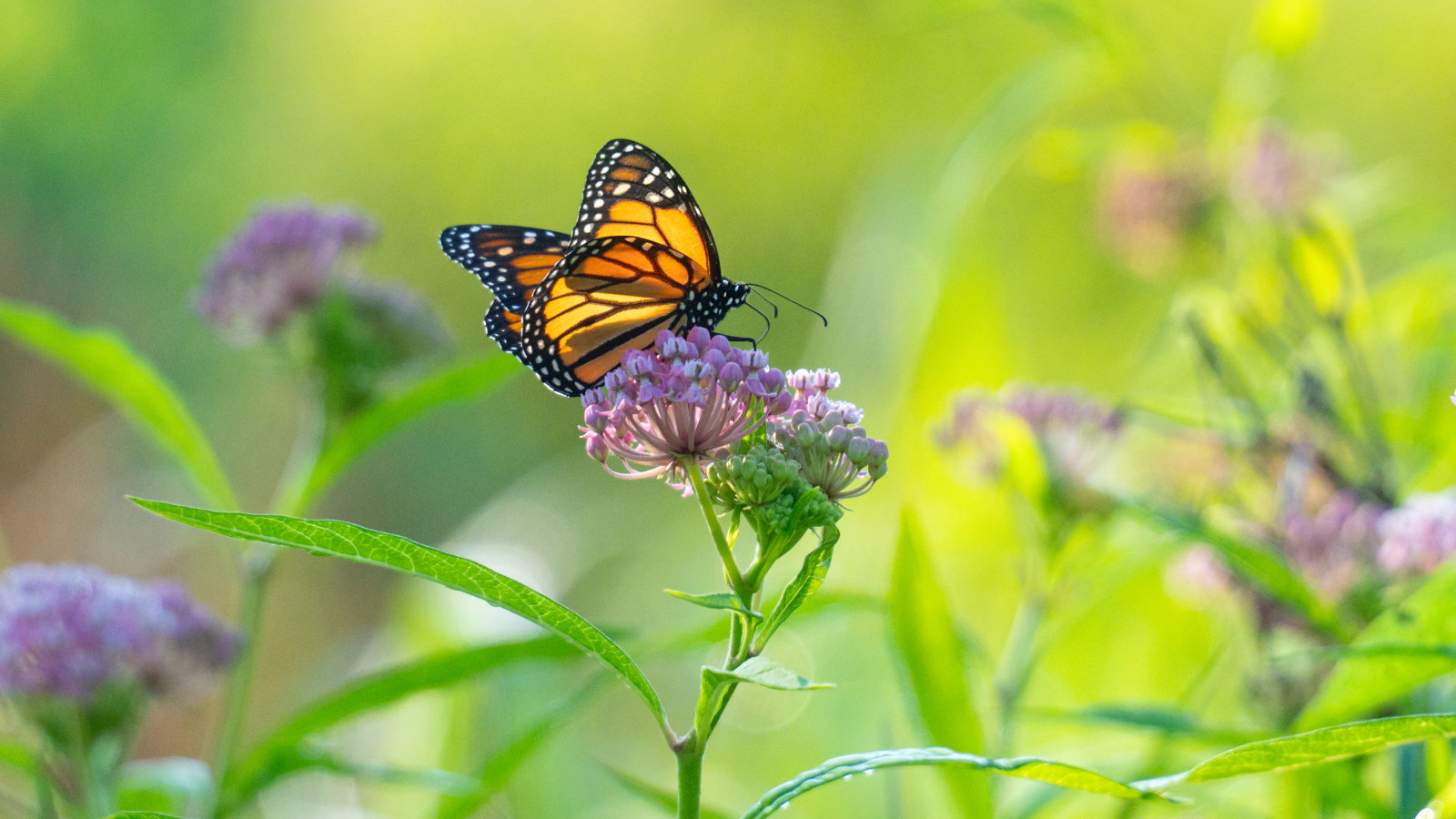 Late Fall is a Perfect Time to Sow This Pollinator-Friendly Perennial – Here's How to Plant Milkweed Seeds
Late Fall is a Perfect Time to Sow This Pollinator-Friendly Perennial – Here's How to Plant Milkweed SeedsMilkweed is crucial for Monarch butterflies, plus popular with other pollinators
-
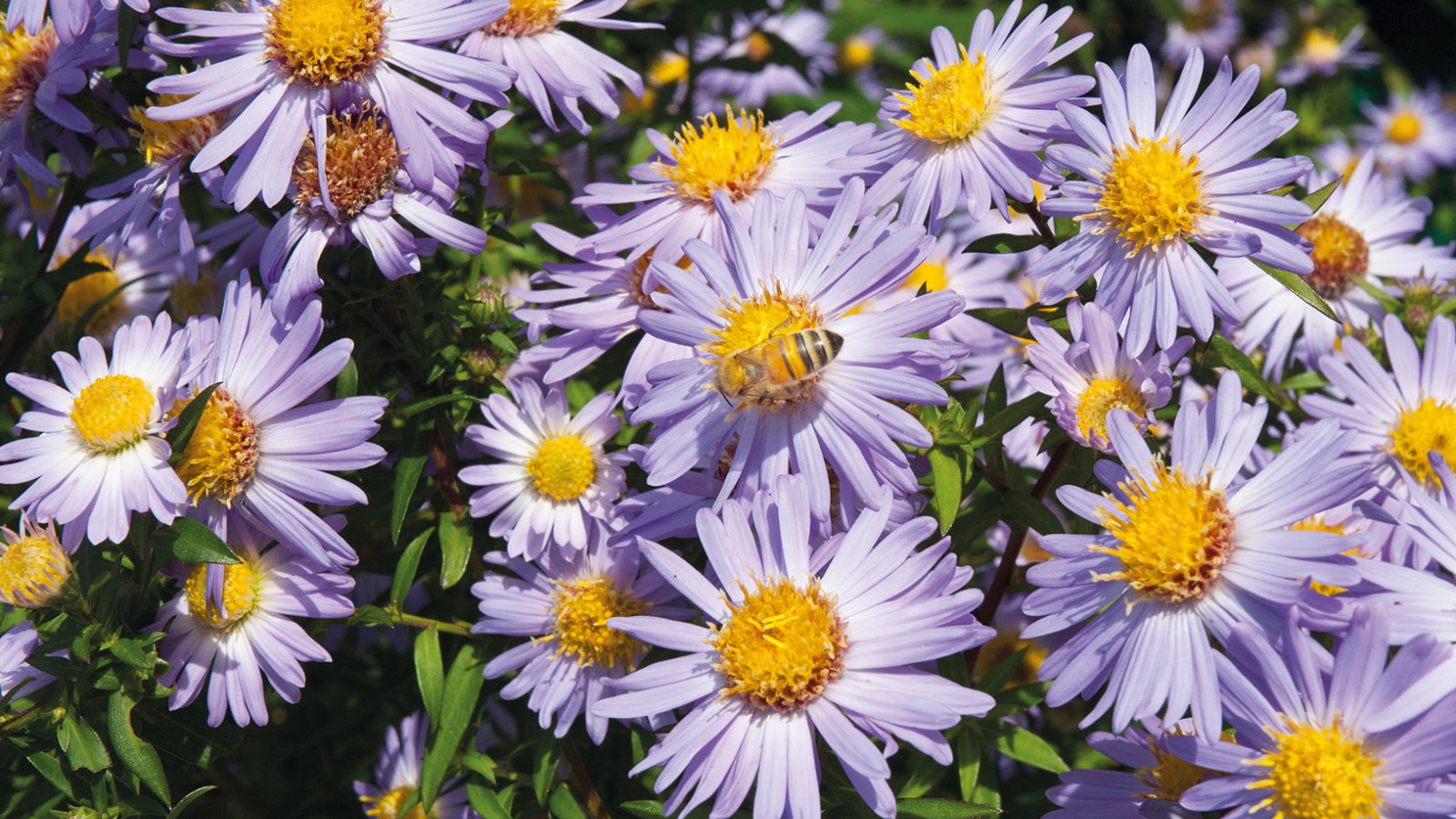 What To Do With Asters in the Fall After Flowering to Guarantee Another Spectacular Display Next Year
What To Do With Asters in the Fall After Flowering to Guarantee Another Spectacular Display Next Year5 tasks to consider for overwintering asters
-
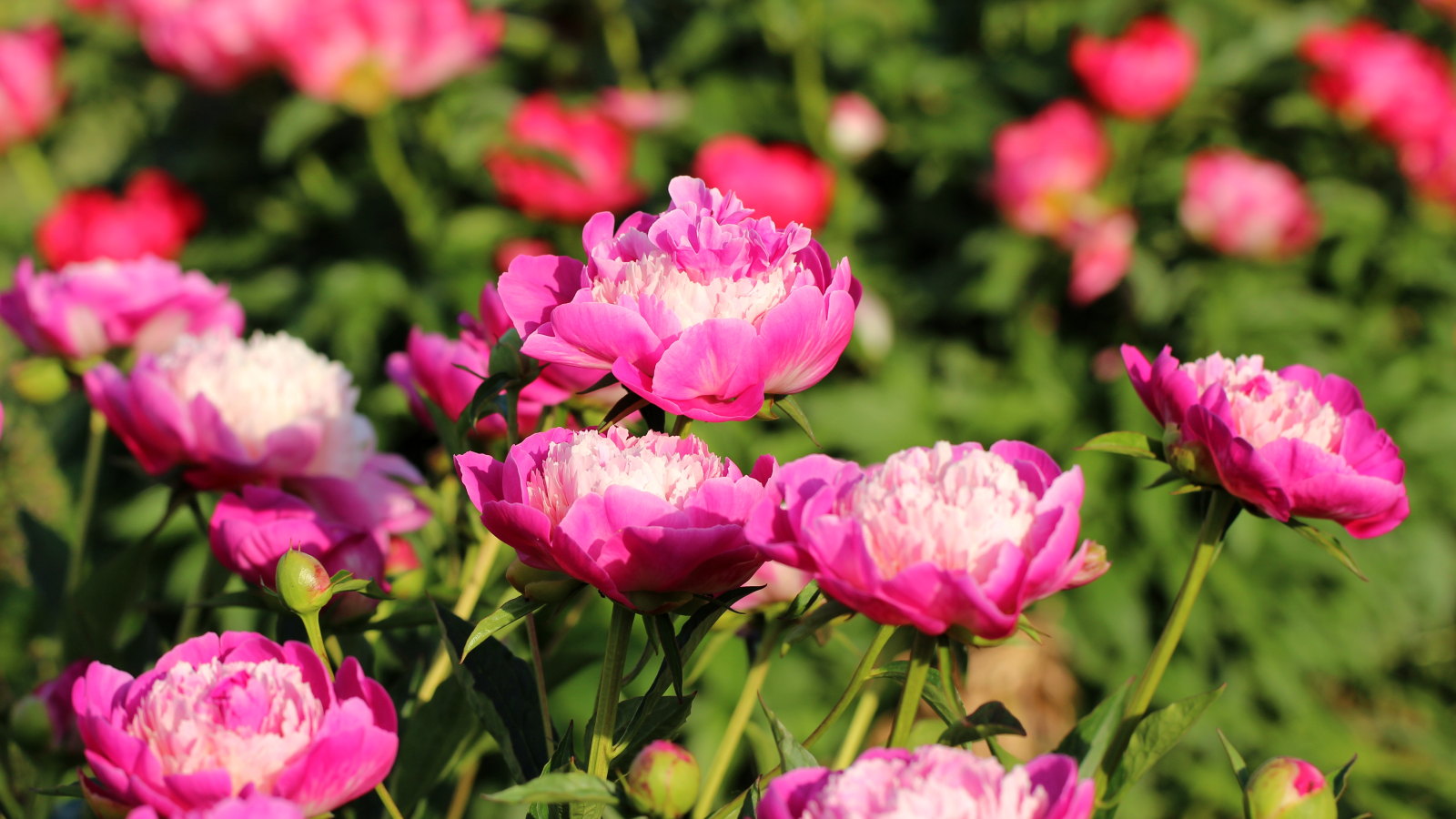 How to Care For Peonies in The Fall – 4 Tasks to do Before Winter Arrives
How to Care For Peonies in The Fall – 4 Tasks to do Before Winter ArrivesHere's what to do with peonies in the fall
-
 Your Climate Dictates Whether to Winterize Calla Lilies Outdoors or Indoors – Here's How to Overwinter Plants Successfully Both Ways
Your Climate Dictates Whether to Winterize Calla Lilies Outdoors or Indoors – Here's How to Overwinter Plants Successfully Both WaysIncluding how to lift and overwinter calla lilies in colder climates in 5 simple steps
-
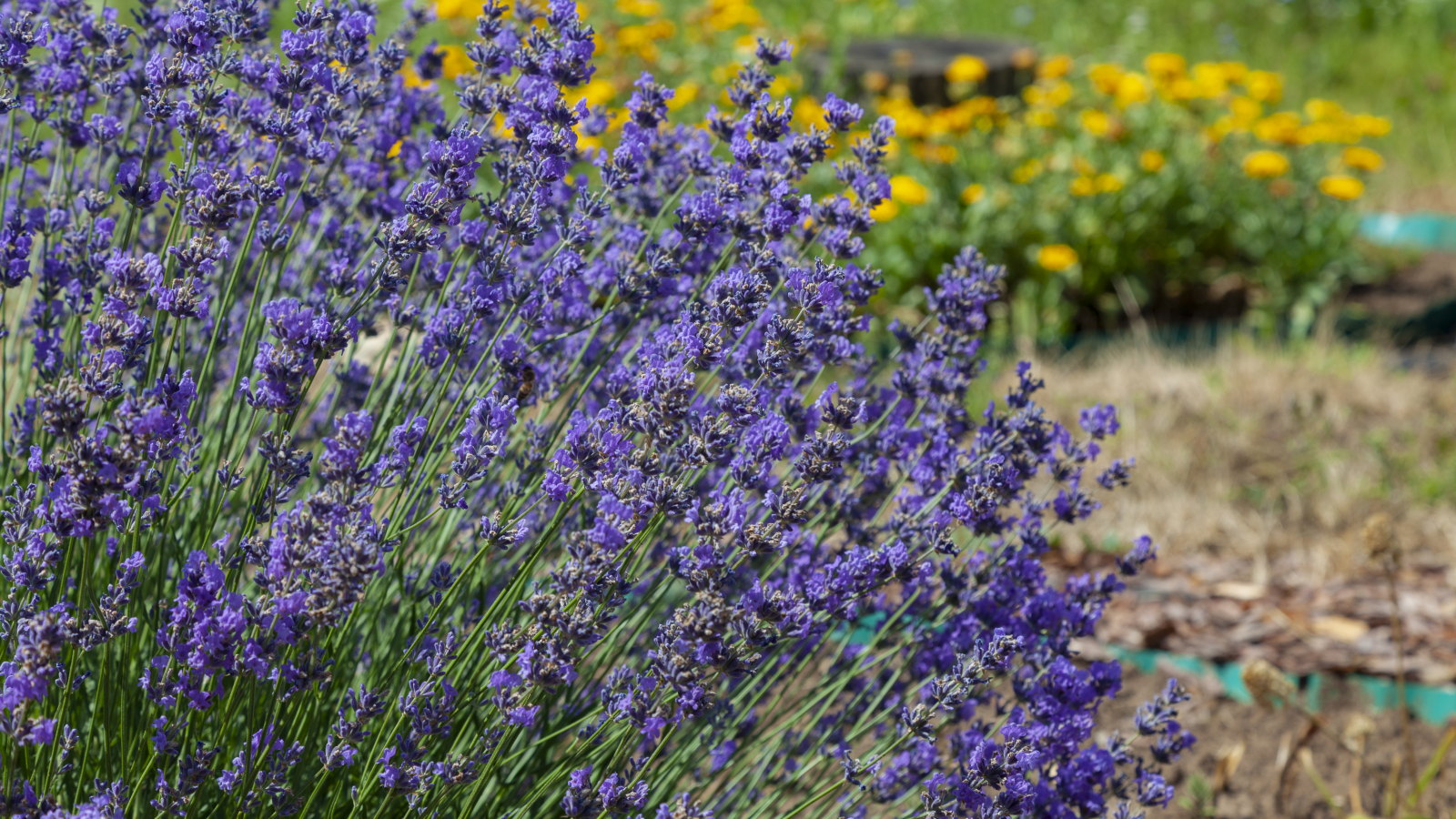 Can You Plant Lavender In The Fall? These Do's and Don'ts Will Prevent You From Losing Plants Unnecessarily
Can You Plant Lavender In The Fall? These Do's and Don'ts Will Prevent You From Losing Plants UnnecessarilyWe reveal when you can and can't plant
-
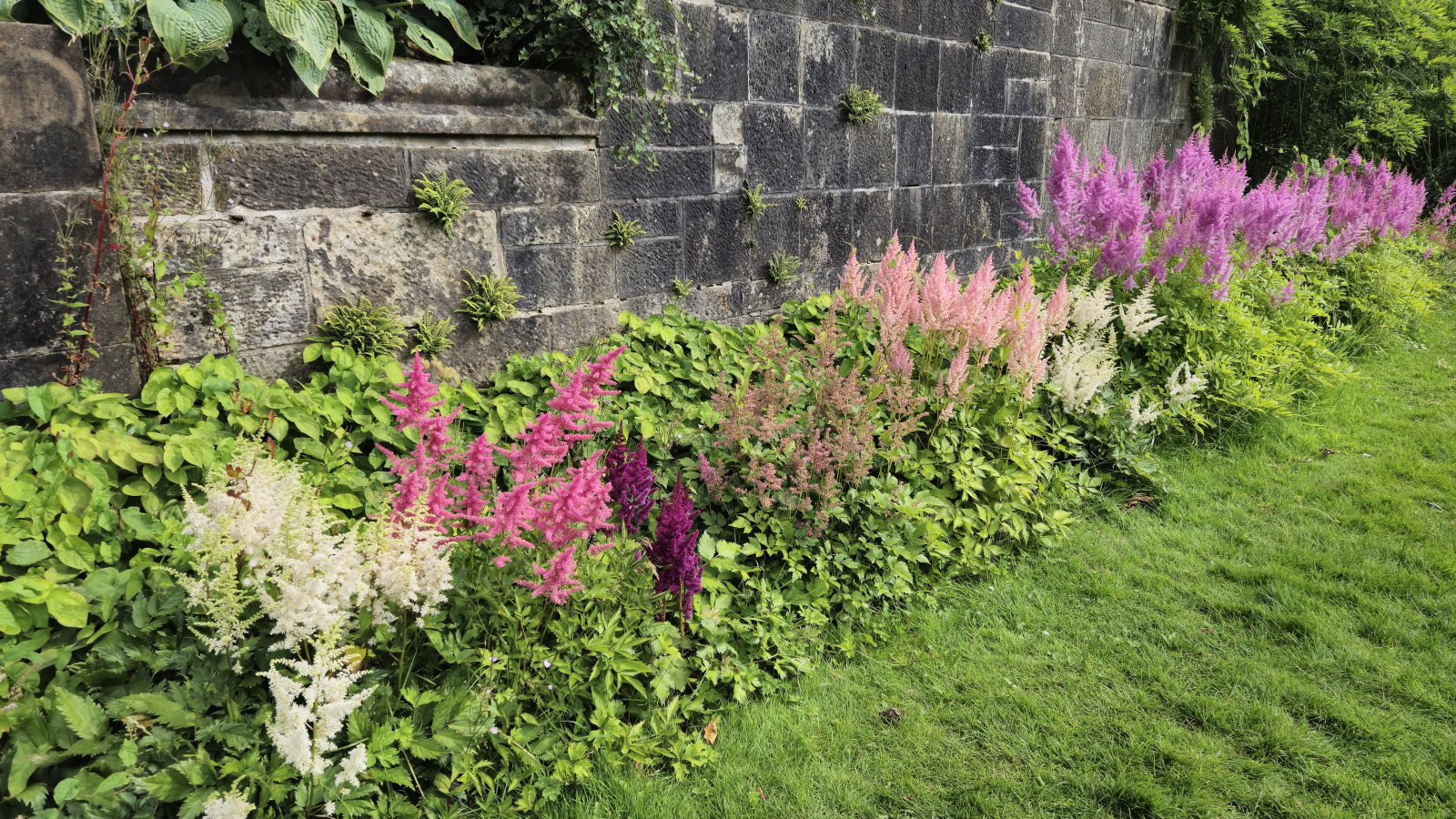 How to Care For Astilbe in the Fall to Keep Plants Healthy and Have Great Displays Year After Year
How to Care For Astilbe in the Fall to Keep Plants Healthy and Have Great Displays Year After YearDiscover 4 key seasonal tasks to add to your to-do list
-
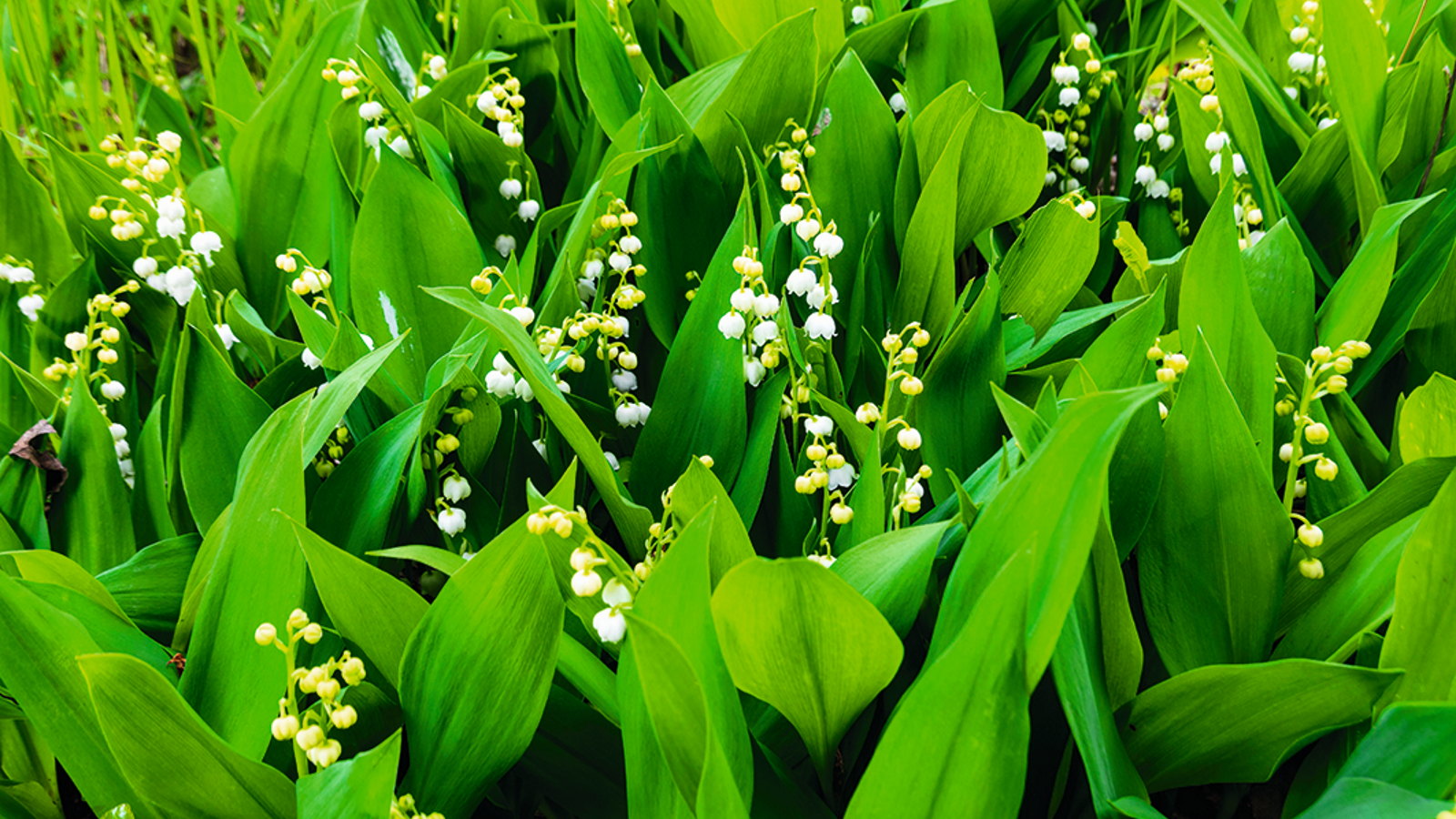 When and How to Transplant Lily of the Valley to Prevent Overcrowded and Underperforming Clumps
When and How to Transplant Lily of the Valley to Prevent Overcrowded and Underperforming ClumpsThis aggressive perennial can be divided and transplanted, but do so with caution
